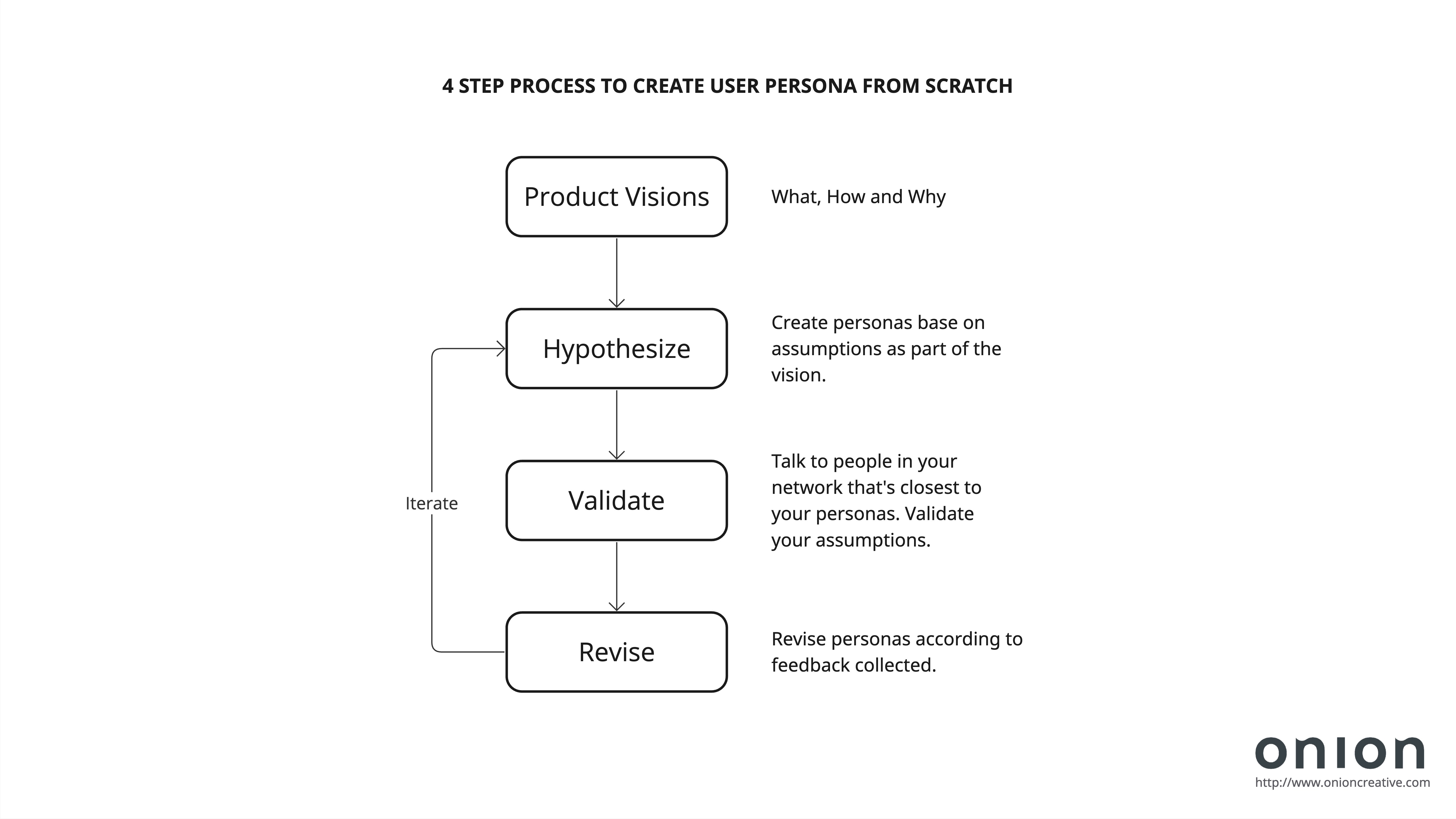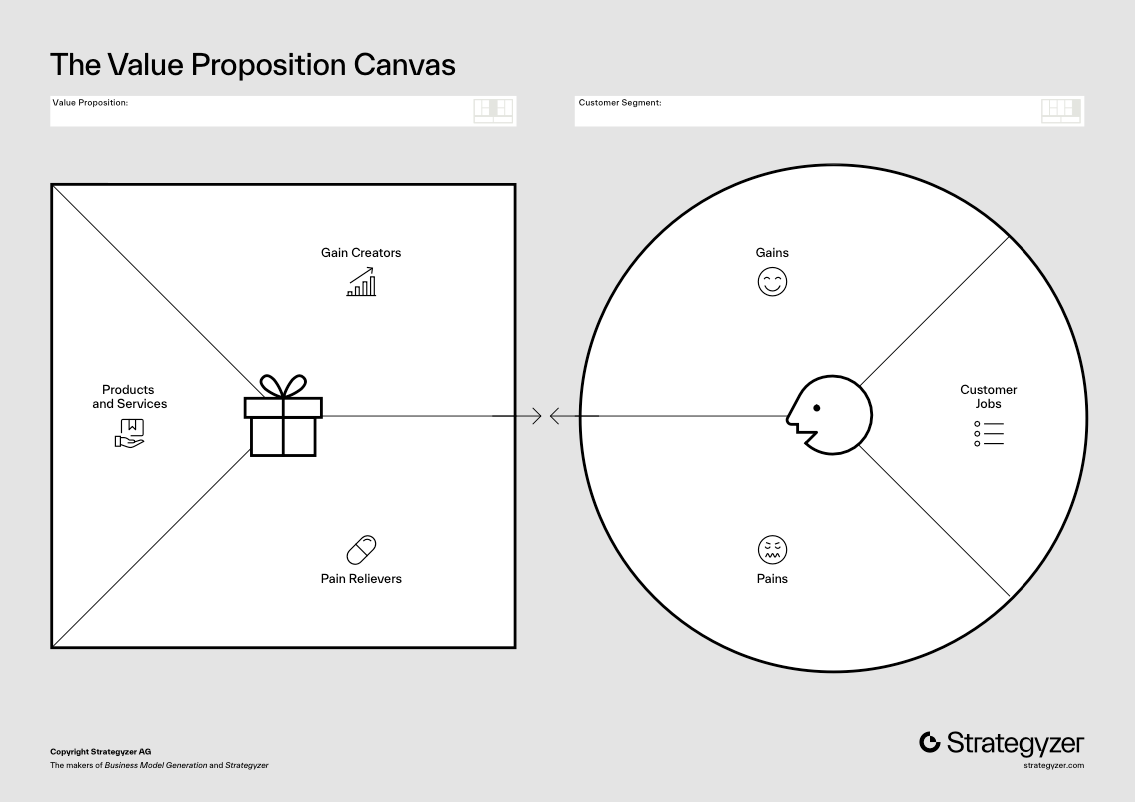
6 months ago I was meeting with a client about a potential SaaS platform product. After a good 30 mins discussing various aspects of their business goals and needs and ready to move forward with the personas, there he popped the surprisingly unsurprising question — “Why bother with personas? We don’t even have any actual user yet.” You will be surprised how often we get asked this question everyday.
Thanks to the explosive popularity of innovation frameworks such as Design Thinking, Design Sprint, User-centric design, etc. etc. in the recent years, everyone knows a little bit about, or at least heard User Persona, and understand it’s a center piece of artifact in the UX design process. However not many understands the key role personas play in strategic-decision making process (or strategic-decision making entirely). We will take a look at how User Persona can be integrated early Product Discovery and how to quickly put together these personas in just a few steps.
4-step Process To Create User Personas From Zero
There are plenty of innovation frameworks out there serving different purposes. Design Think, Lean Startup, Design Sprints, Brand Sprints, you name it. If you have spent enough time with these frameworks, you can notice that in essence it always comes down to just 1 single principle — formulate educated hypotheses and find a way to validate them. There’s no different when creating User Personas.

In principle, you only need 4+1 step process to create solid user personas:
- Product Vision — Review the Product Vision and get a full understanding of the What, How and Why of the product. That helps to narrow down the potential target audience group.
- Hypothesize — base on the product vision, narrow down what the target audience groups could be, and document their needs and challenges (we will get to that in a min).
- Validate — Reach out to your network, talk to the people that’s closest to the hypothetical user personas and see if the needs and challenges you put together is valid, and if there are other underlying needs and challenges yet to be identified.
- Revise — revise the user personas according to the feedback collected.
- (Bonus) Iterate — if the feedback is too far off from the assumption, it might be a good idea to repeat the process again and iterate the user persona process until you finally feel comfortable with the user personas.
What Goes Into User Personas?
There are many different school of thoughts advocating various different format and needs, From Archetype to typical user persona, they all serve different and good purposes. After trying various format throughout the years, we find the Customer Segment diagram from Strategyzer’s Value Proposition Canvas is the most useful among all, and here’s why like it so much:
 Source: Strategyzer’s Value Proposition Canvas
Source: Strategyzer’s Value Proposition Canvas
- It comes with just the right depth needed — While you can add a million things into the persona to make it as humane as possible, it does not always serve the purpose specifically if you are designing a product that solve a demographic agnostic problem (e.g. demographics such as gender or religion makes no sense if you are designing a graphic design product like Figma).
- It helps to the team to focus on only the critical aspects of a product feature — user problems (customer jobs/tasks), challenges (Pains) and Needs (Gains).
- Maps directly to value proposition findings — Easily translate the problems into solutions with HD clarity.
Obviously this approach is more suited for initial product discovery for an entirely new product from scratch, when the market data is absent. For a more mature product however, a data driven or quantitative appraoch is still recommended.
Don’t be afraid to create the initial user personas based on product vision and assumption, as long as you have validation process in mind the outcome cannot be too far off. With the “right team” (which is worth another separate lengthy blog post) and a sound framework, you can too easily create a set of useful, validated user personas in the matter of just a couple days.
“Our role is to imagine products that don’t exist and guide them to life.” — Christopher Stringer, Former Designer at Apple





